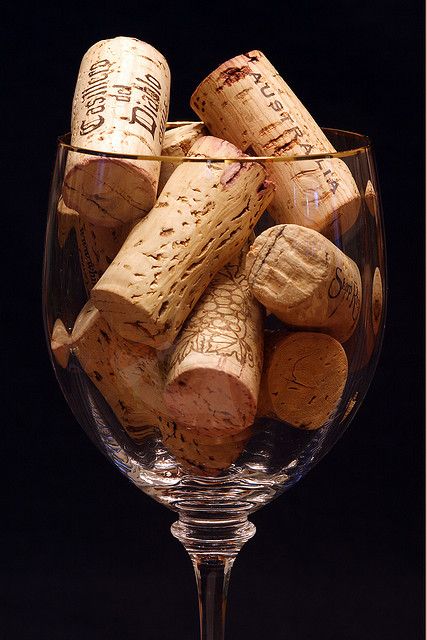Truth vs myth
The cork is considered by many to be an essential part of any wine bottle. It’s a component of the long-standing custom and tradition of drinking wine. The cork has become highly favoured and consequently linked with wines of better quality due to the feeling of ceremony surrounding opening a bottle of wine. Contrarily, even though screw caps have been used to close wine bottles since the late 1950s, they have long been associated with inexpensive or subpar wine. Despite how pervasive this belief may be, screw caps are increasingly being used by high-end wine producers worldwide, demonstrating that their usage in sealing a bottle of wine has no impact on the calibre or composition of its contents.
Sustainability
The cork is frequently praised for its contribution to conservation efforts and preservation of the typical cork oak environment, both of which risk abandonment without cork harvesting. In addition to being entirely biodegradable and eco-friendly, it safeguards the ecosystem by reducing the effects of climate change and biodiversity loss.
However, even if it is not made of biodegradable materials, the screw cap is still highly recyclable. Therefore, this option is a potential and sustainable alternative that will see a significant rise in consumption by winemakers, with a good percentage of opened screw caps being redirected back to recycling.
Cost
Even though corks have a lot of fans, the $0.50 price per piece makes it difficult for wine producers to include them in their completed product. This is particularly true for companies that produce wines in the $10–25 price range. For many of these wine producers, screw caps have come to their rescue since they are an affordable and efficient bottle closure. Many high-end wine producers still use corks to finish their bottles, nonetheless, to maintain the authenticity and charm of their product despite its hefty price.
Easy of use
Each of us has experienced a corkscrew disaster at some point in our life and wasted an embarrassing amount of time attempting to open a bottle of wine. Sometimes, despite your best efforts, the cork will not budge or, even worse, may disintegrate into pieces and drop into the wine, much to your dismay. Many customers have been encouraged by this to switch to screw caps, especially regarding their inexpensive wine. Additionally, because screw caps are spill-proof and small, they make transporting and storing wine simpler. Finally, the screw cap is unquestionably the easiest to operate because it requires far less effort and drama.
Quality assurance
Since 5–10% of the wines on store shelves have been spoiled by cork taint, screw caps are increasingly taking the place of corks. Screw caps have reported a substantially lower rate of content deterioration, ranging from 0.2-0.5%. When the pins are sterilized with chlorine, a chemical called trichloroanisole is created, and the wine interacts with it. Some corks get mouldy as a result, giving the wine a musty or mouldy flavour that can be off-putting. On the other hand, screw caps safeguard against contamination and maintain the freshness and taste of wine. Although it frequently doesn’t make the wine better, it does provide a higher assurance of keeping it in good shape.
What is the best method to seal a bottle—a cork or a screw cap?
Even with the odds stacked in either device’s favour, it is reasonable to say that both the screw cap and the cork play unique and defined roles when it comes to closing a bottle of wine after comparing their many attributes.
The fact that corks provide wines with the best possible “breathability” is one of the main reasons they are still frequently utilized in the wine business. The material’s elastic structure and 90% air content allow it to properly conform to the bottle, letting in just the correct amount of air to let the wine’s tannins be suppressed and give it a silky smooth feel as it ages. It is still the best option for more complex and full-bodied wines like chardonnays and reds, including cabernets and blends of zinfandel, merlot, and Petite Sirah, even though the natural aspect creates spaces for variation in maturing wines. Screw caps, however, remain true to their nature by effectively keeping the air out. Thus they might not always be the best option for wines that need to be matured. Not that screw caps are always a negative thing. The fact that it simply improves the liquid itself, leaving the contents of the bottle untouched, remains its primary benefit. Screw caps are a better, if more expensive, alternative to corks since they may simulate “breath” in a regulated manner. Screw caps are preferred by winemakers for young-drinking white wines and reds because of their variety of natures. The screw cap keeps the bottle closed and prevents oxygen from getting inside, keeping the wine fresh and well-preserved.
A profound analysis of the debate over cork vs. screw caps leads us to the conclusion that a wine’s seal type is no longer a reliable predictor of its quality in the modern day. A connoisseur only has to keep sampling the acceptable items until he discovers those that appeal to his taste. And most of the time, it has little to do with the bottle cap.

